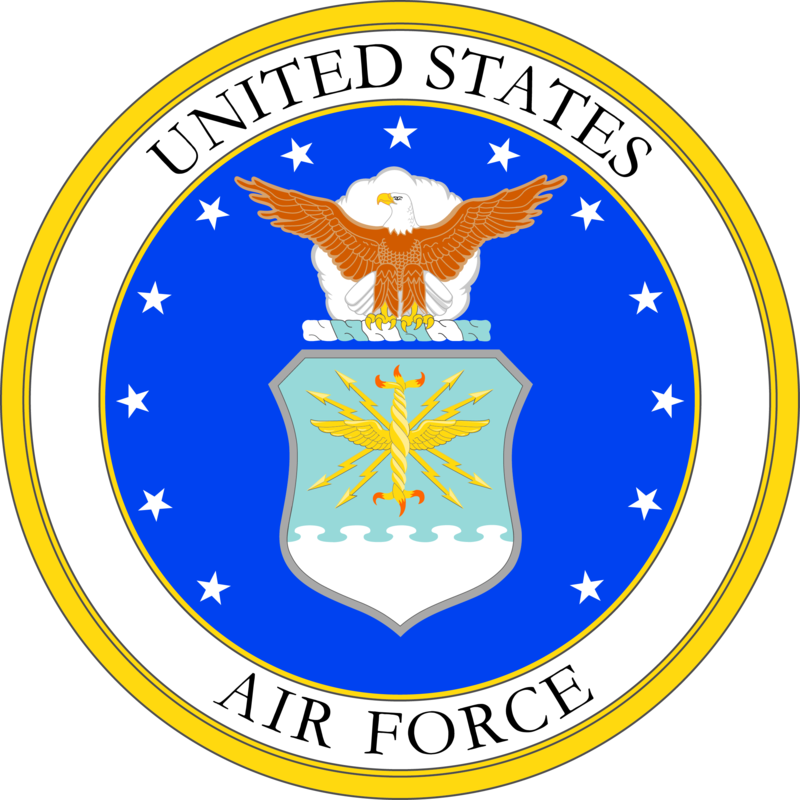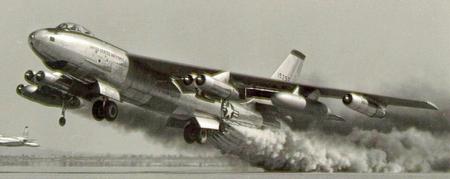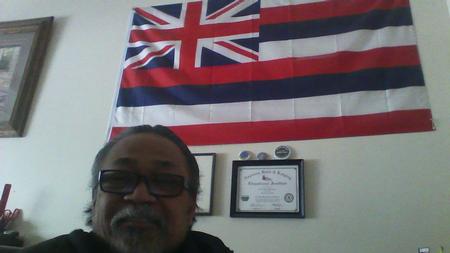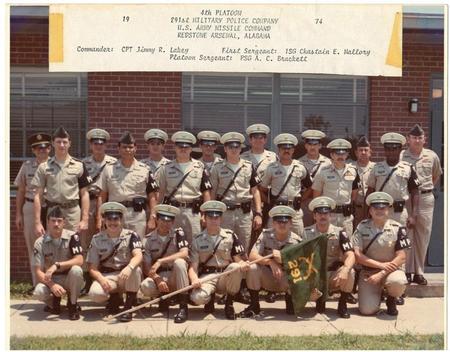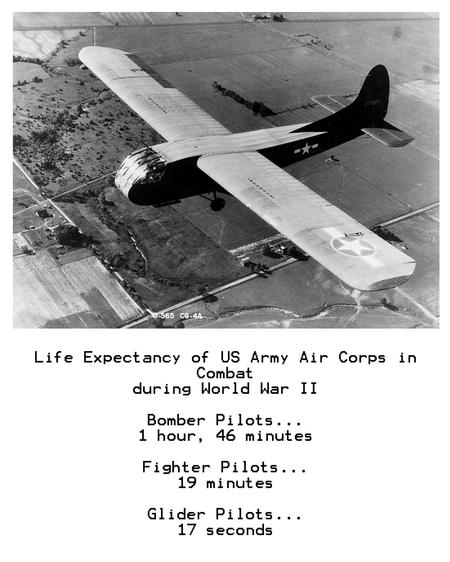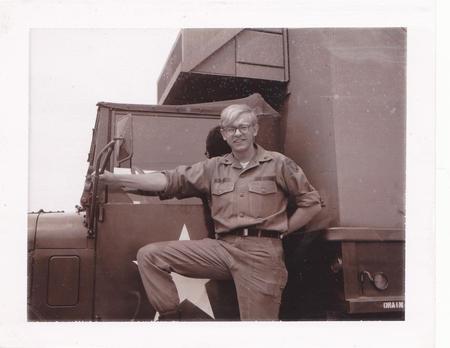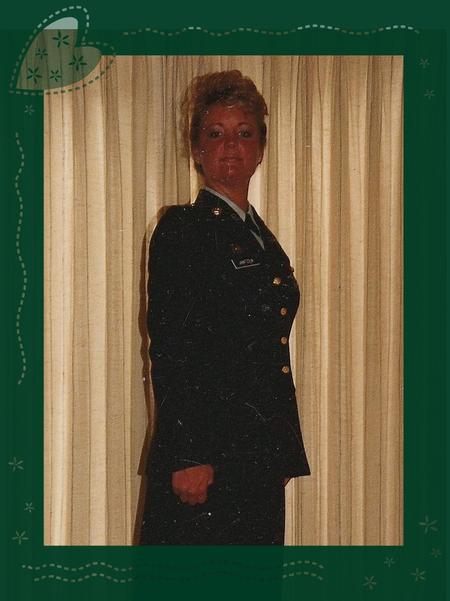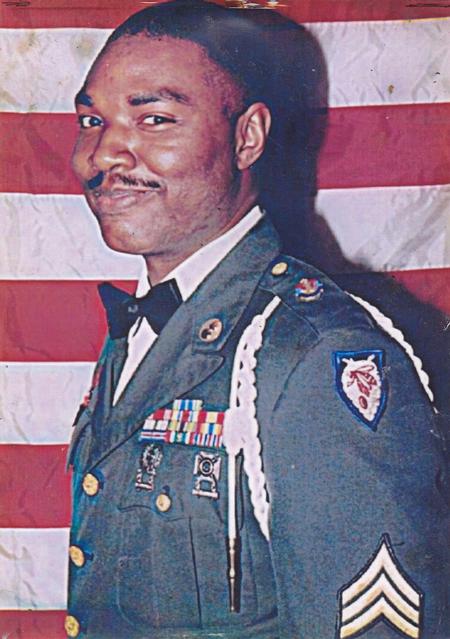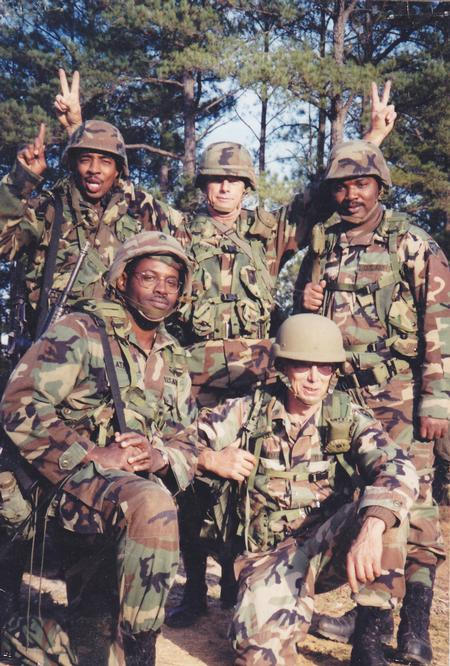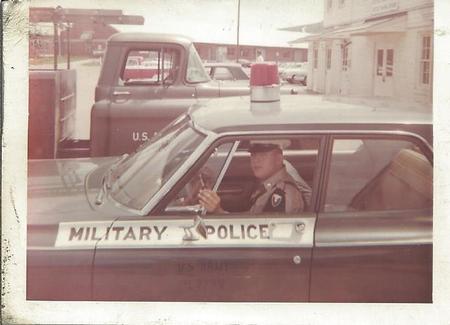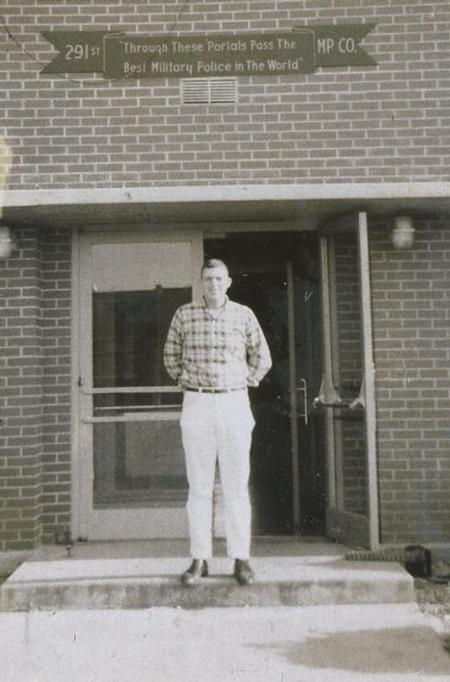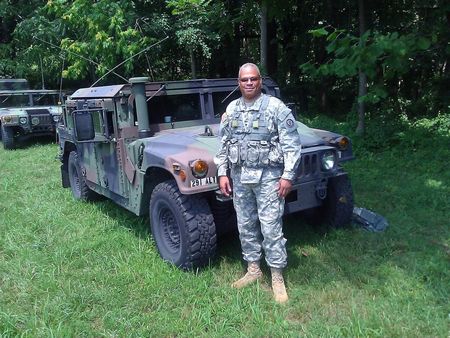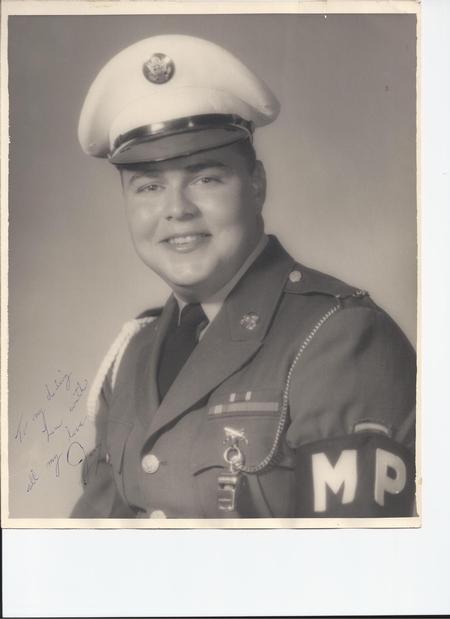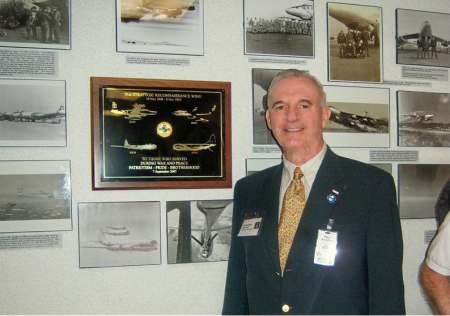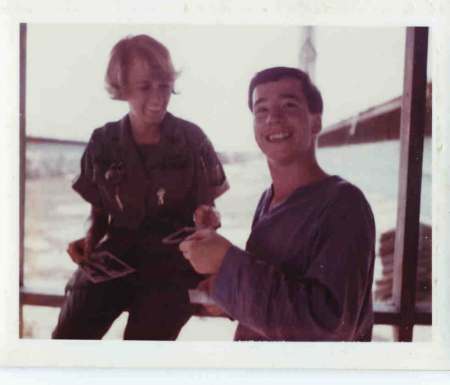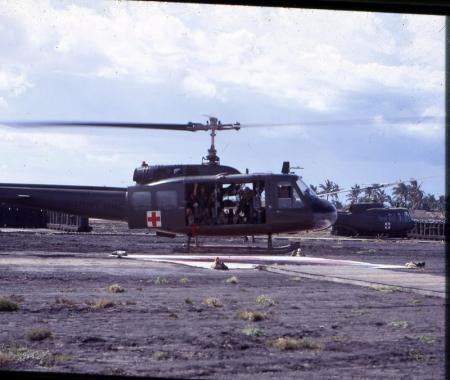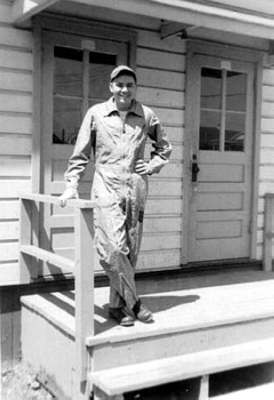ABOUT 91st Attack Squadron
- Origins in World War I: The 91st Attack Squadron traces its lineage back to the 91st Aero Squadron, which was organized in August 1917 during World War I as an observation and reconnaissance unit.
- “Fighting 91st” Nickname: During World War I, the 91st became known as the “Fighting 91st” for its daring reconnaissance missions over enemy lines, often facing intense anti-aircraft fire and enemy fighters.
- First American Unit Over German Lines: The squadron was among the first American units to fly over German lines during the St. Mihiel and Meuse-Argonne offensives, providing critical intelligence for Allied attacks.
- Distinguished Unit in WWI: The 91st Aero Squadron was the only American observation squadron to be cited in orders by the French Army for its bravery and effectiveness.
- Involvement in Modern Warfare: Now redesignated as the 91st Attack Squadron, the unit operates MQ-9 Reaper drones, conducting intelligence, surveillance, reconnaissance (ISR), and precision strike missions.
- Role in the Global War on Terror: The squadron has been heavily involved in overseas operations, supporting counter-terrorism and counter-insurgency missions in the Middle East and Africa.
- Remote Operations: The 91st Attack Squadron is notable for its ability to conduct combat operations remotely from bases in the United States, controlling drones deployed worldwide.
- Decorations: Over its history, the squadron and its predecessors have received multiple unit citations and campaign streamers for outstanding service in combat.
- Transition to Unmanned Aircraft: The 91st was among the first to transition from manned reconnaissance aircraft to advanced unmanned aerial vehicles (UAVs), signaling a major shift in Air Force tactics.
- Legacy of Innovation: Throughout its more than 100-year history, the 91st has been at the forefront of technological innovation, from early aerial photography to today’s advanced drone warfare capabilities.

